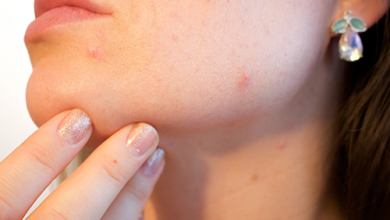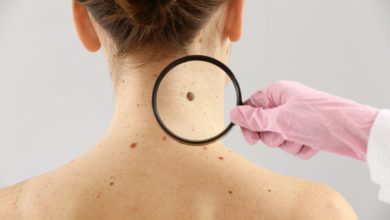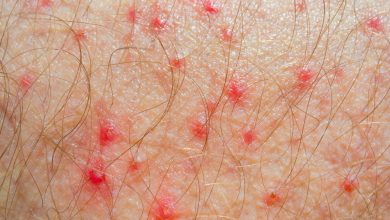Sebaceous Cyst Treatment at Home: Your Complete DIY Guide

Sebaceous cysts are small, non-cancerous lumps that form beneath the skin, typically filled with oily or cheese-like material. While they are usually harmless, they can become bothersome or unsightly, leading many people to seek out home remedies for removal. This guide will walk you through the safe and effective methods for the home removal of sebaceous cysts, along with tips on using supplements to support your skin health.
Sebaceous Cysts
Before diving into treatment options, it’s important to understand what sebaceous cysts are. These cysts develop when sebaceous glands, which produce the oily substance called sebum that lubricates the skin, become blocked. This blockage can result from various factors, including skin trauma, swollen hair follicles, or excessive oil production.
Home Remedies for Sebaceous Cyst Removal
While it’s always best to consult a healthcare professional for cysts, many people successfully manage and treat sebaceous cysts at home. Here are some of the most effective DIY methods for home removal of sebaceous cysts:
- Warm Compress
- Applying a warm compress to the cyst can help reduce swelling and encourage drainage. Simply soak a clean cloth in hot water, wring it out, and place it over the cyst for about 10-15 minutes, several times a day. The heat helps to soften the cyst and promote healing.
- Tea Tree Oil
- Known for its antiseptic properties, tea tree oil can help reduce the risk of infection and inflammation. Dilute tea tree oil with a carrier oil (like coconut or olive oil) and apply it directly to the cyst. Do this twice daily until you see improvement.
- Apple Cider Vinegar
- Apple cider vinegar has natural antibacterial properties that can help treat sebaceous cysts. Apply a small amount of diluted apple cider vinegar to the cyst with a cotton ball, covering it with a bandage. Repeat this daily until the cyst shrinks or disappears.
- Epsom Salt Bath
- Taking an Epsom salt bath can help reduce the size of sebaceous cysts by drawing out toxins and relieving inflammation. Add 1-2 cups of Epsom salt to a warm bath and soak for 20-30 minutes.
- Aloe Vera
- Aloe vera is known for its soothing and healing properties. Applying fresh aloe vera gel to the cyst can reduce redness and promote healing. Use this remedy twice a day for the best results.
- Castor Oil
- Castor oil has anti-inflammatory and antimicrobial properties, making it a useful remedy for sebaceous cysts. Apply a small amount of castor oil directly to the cyst and cover it with a warm cloth. Repeat this process twice a day.
Supporting Your Skin with Sebaceous Cyst Supplements
In addition to topical treatments, certain supplements can support your skin’s health and potentially help in managing sebaceous cysts. Here are a few sebaceous cyst supplements to consider:
- Zinc
- Zinc is essential for skin health and wound healing. Taking a zinc supplement can help reduce inflammation and promote faster healing of sebaceous cysts.
- Vitamin E
- Vitamin E is a powerful antioxidant that can help protect your skin from damage and support the healing process. Taking a vitamin E supplement or applying vitamin E oil directly to the cyst can be beneficial.
- Omega-3 Fatty Acids
- Omega-3 fatty acids have anti-inflammatory properties that can help reduce the size and discomfort of sebaceous cysts. Consider adding an omega-3 supplement to your daily routine.
- Turmeric
- Turmeric is well-known for its anti-inflammatory and antimicrobial properties. Taking a turmeric supplement or applying a turmeric paste to the cyst may help reduce swelling and promote healing.
- Bromelain
- Bromelain is an enzyme found in pineapples that can reduce inflammation and swelling. Taking a bromelain supplement may help speed up the healing process for sebaceous cysts.
When to See a Doctor
While home remedies can be effective for managing small sebaceous cysts, it’s important to know when to seek medical advice. If the cyst becomes painful, shows signs of infection (such as redness, warmth, or pus), or grows rapidly, consult a healthcare professional for evaluation and treatment.
Conclusion
Treating sebaceous cysts at home can be a safe and effective way to manage these common skin issues. By following the DIY methods outlined in this guide and incorporating sebaceous cyst supplements into your routine, you can support your skin’s health and potentially reduce the size and discomfort of these cysts. However, always be cautious and seek professional help if the cyst shows signs of infection or other complications.




